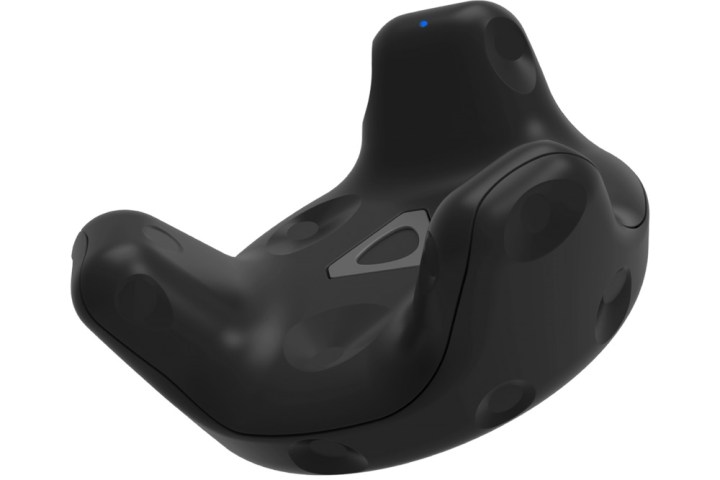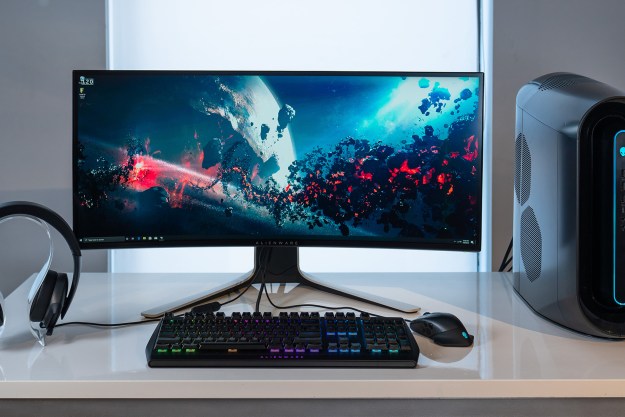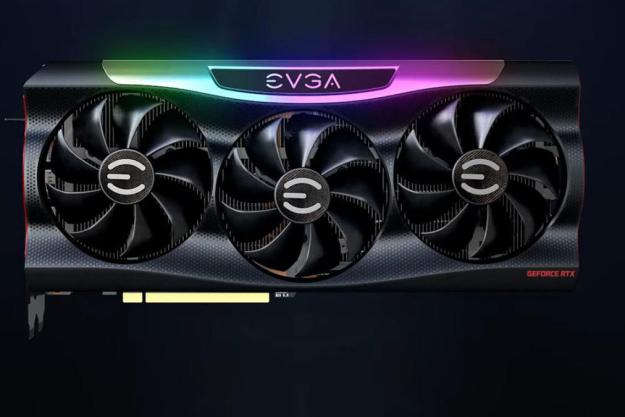
The reason people are so excited by the idea of a free-standing tracking puck was that it can potentially mean translating anything into virtual reality. Whether you tie it to your dog’s collar, stick it to your beer, or put it on the end of a baseball bat so you can swing away at the undead — the potential is near limitless.
Of course in typical HTC/Valve VR fashion, developers needed to have access to the hardware first before they can begin incorporating its support into their experiences, so it may be some time until consumers can also purchase them. The development cycle is certainly a lot faster than the original headsets, though, so there may not be too long a wait.
Anyone wanting to try out one of these tracking pucks themselves can order one directly from HTC for $100 with a developer account, or from the Chinese alternative (thanks RoadtoVR). It’s not been made clear yet if HTC plans to make these trackers available in other markets.
If you do decide to splash out on the tracker, you will receive the puck itself, as well as a USB cable, a power adaptor, a 2.4GHz wireless adapter, and a cradle for that same dongle. The trackers themselves have a MicroUSB port, a number of Lighthouse connected sensors, a friction pad at its base to prevent sliding, and a standard camera mount with a quarter-inch screw nut. There’s also a stabilizing pin hole and six pin pogo connector.
The other Vive accessory that was announced earlier this year by HTC was the deluxe audio strap. It will also be priced at $100, we’re told, though it won’t be available until May 2.
Editors' Recommendations
- People are returning the Vision Pro. Here are the best alternatives you can buy now
- HTC just fixed a major shortcoming of standalone VR headsets
- AI can now steal your passwords with almost 100% accuracy — here’s how
- You can buy this LCD mod for one of the best PC cases now
- Here’s everything I learned using the HTC Vive XR Elite at CES 2023




